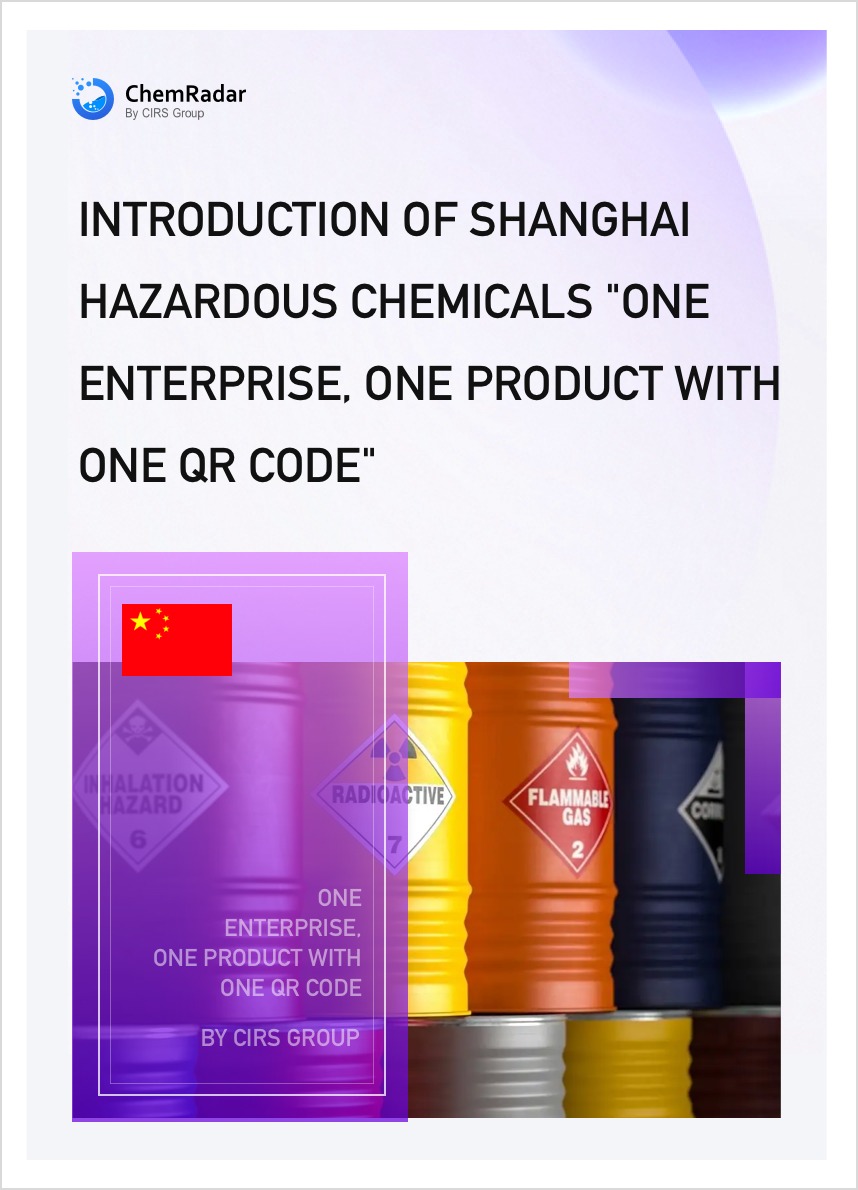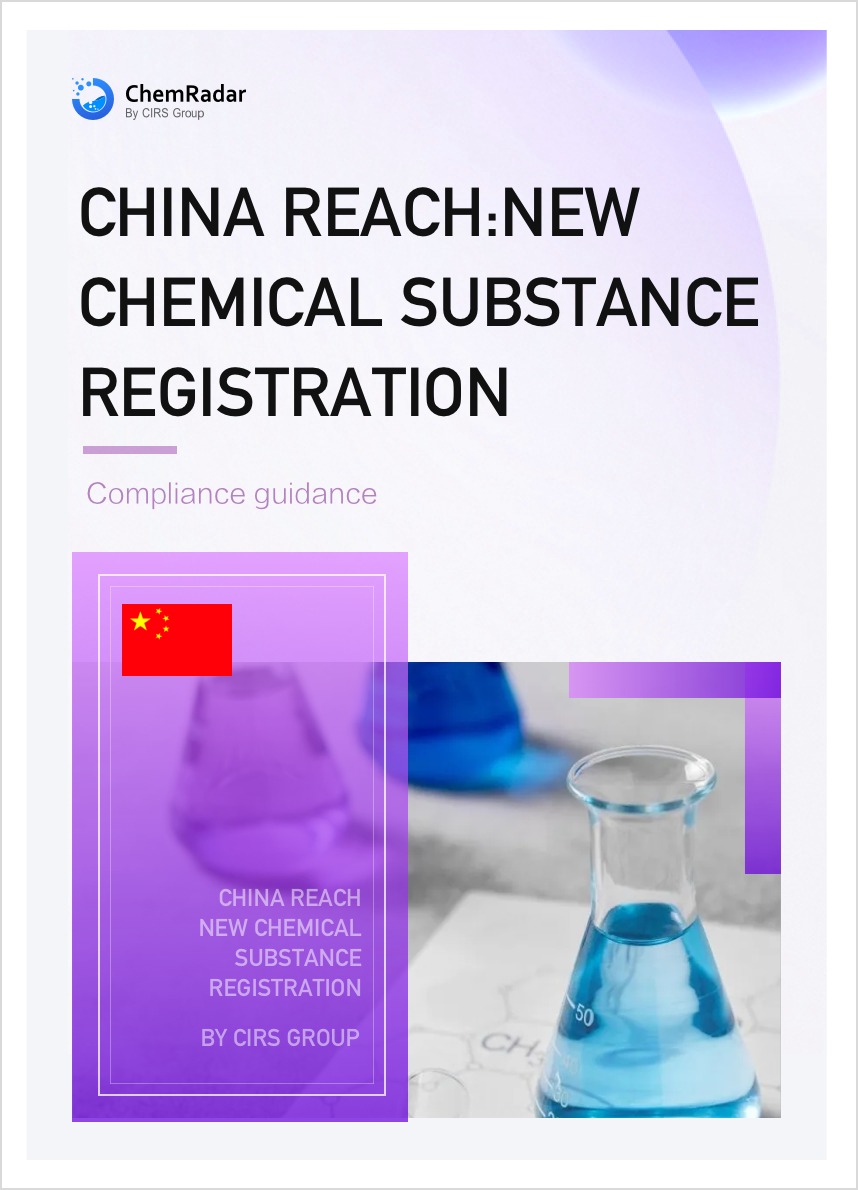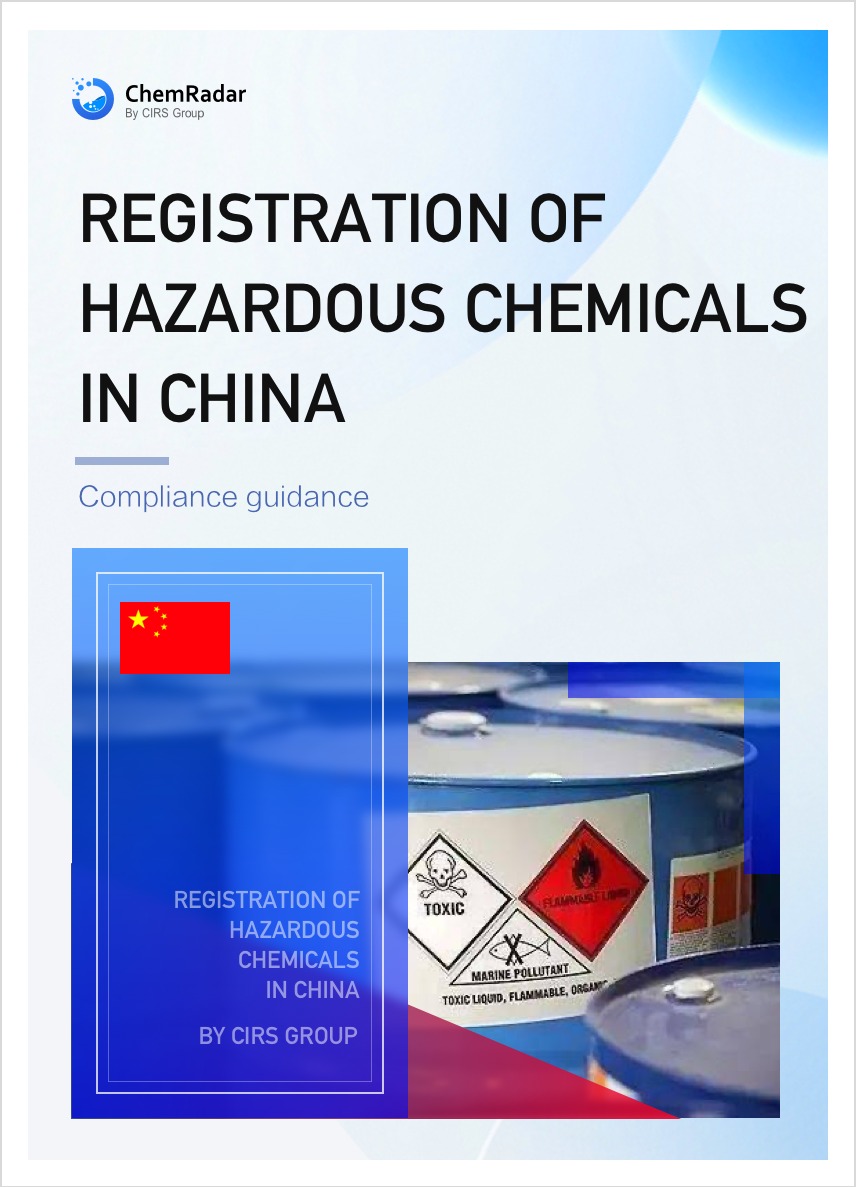The local standard Water Pollutant Discharge Standard for Chemical Industrial Parks in Sichuan Province (DB51/3202—2024), jointly issued by the Department of Ecology and Environment of Sichuan Province and Administration for Market Regulation of Sichuan Province, officially came into effect on July 1, 2025. Released on December 11, 2024, the standard was drafted in accordance with GB/T 1.1-2020 Directives for standardization—Part 1: Rules for the structure and drafting of standardizing documents. As China's first local regulation specifically setting PFOA and PFOS discharge limits for chemical parks, it marks a critical step for Sichuan in controlling emerging pollutants and safeguarding water environment security in the upper reaches of the Yangtze and Yellow Rivers.
- Internationally Recognized Risks: Perfluorooctanoic acid (PFOA) and perfluorooctanesulfonic acid (PFOS), members of the PFAS family, have been confirmed by international studies as potentially carcinogenic. They were added to the strict control lists of the global Stockholm Convention on Persistent Organic Pollutants in 2009 and 2019, respectively. Standards for Drinking Water Quality (GB 5749—2022) also sets recommended limits (PFOS: 0.08μg/L; PFOA: 0.04μg/L).
- Sichuan Pioneers Limits: This standard innovatively includes key emerging pollutants PFOS and PFOA in its control scope, setting strict discharge limits:
Maximum Allowable Concentration for Selected Control Items of Discharging Enterprises and Centralized Wastewater Treatment Plants in Chemical Parks
|
Pollutant |
Indirect Discharge by Enterprises |
Direct Discharge by Centralized Wastewater Treatment Plants in Parks |
|||
|
Discharge Limits |
Pollutant Discharge Monitoring Locations |
Discharge Limits |
Pollutant Discharge Monitoring Locations |
||
|
Perfluorinated Compounds |
PFOA |
0.05mg/L |
Total Enterprise Wastewater Outlets |
0.015mg/L |
Total Wastewater Outlets |
|
PFOS |
Not Detectable |
Not Detectable |
|||
Note: If detected in production intake water, post-use PFOS concentration in discharged wastewater shall not exceed twice the intake concentration.
Scope of Application
The standard specifies the requirements for indirect discharge of water pollutants by industrial enterprises and direct discharge management by centralized wastewater treatment plants within chemical parks in Sichuan Province. It covers environmental impact assessments for construction projects, design of environmental protection facilities, acceptance of completed environmental protection facilities, issuance of discharge permits, and management of water pollutant discharges after production starts. For other pollutants not specified in this standard, existing national or Sichuan provincial water pollutant discharge standards still apply.
Zoned Classification + Phased Implementation
Ecological and environmental authorities supervise implementation.
- Stricter Rules for Key Zones: Implementation areas are classified as Key Control Zones (regions with limited water environmental capacity, fragile ecology, and high pollution risks, covering 62 counties/districts in 10 Minjiang/Tuojiang basin cities: Chengdu, Meishan, Leshan, Yibin, Deyang, Ziyang, Neijiang, Zigong, Luzhou, Ya’an, as well as water bodies not meeting water function zone targets, where the strictest standards are applied. Other areas are designated as general control areas with basic limits enforced.
- Phased Implementation: Existing enterprises have a 2-year transition period for technological upgrades; new enterprises must comply immediately upon standard implementation.
According to estimates, the implementation of the new standards will reduce the annual discharge of total salts by approximately 159,600 tons compared to the previously mainly enforced "Municipal Wastewater Treatment Plant Pollutant Discharge Standards" and "Sichuan Province Min River and Tuo River Basin Water Pollutant Discharge Standards", significantly benefiting the environment.
The implementation of the new standards not only regulates the discharge of chemical wastewater and continuously improves the water environment but also supports the high-quality development of the Yangtze River Economic Belt. It demonstrates Sichuan Province's commitment and innovative practices in strengthening the management of new pollutants, actively fulfilling international conventions, and accelerating the reduction of persistent organic pollutants in the environment, providing a model for national chemical park water pollution control.
Further Information



